Shots:
- Establishing shot in film or TV sets up or creates the context for a scene by showing the relationship between important figures and objects. Establishing shots may use famous landmarks to indicate the city where the action is taking place or has moved to, such as Big Ben to identify London, The Statue of Liberty to identify New York, The Sydney Opera House to identify Sydney etc.

- A master shot is a film recording of an entire dramatised scene, from start to finish, from an angle that keeps all the players in view. It is often a long shot and can sometimes perform a double function as an establishing shot. (Shot that shows most or all of the scene and most or all of the characters.)
Example of a master shot:


- In film making and television production a close-up tightly frames a person or an object. Close-ups are one of the standard shots. Close-ups display the most detail, but they do not include the broader scene. Moving in to a close-up or away from a close-up is a common type of zooming. Close-ups are used in many ways, for many reasons, such as to show a characters emotions. Close cuts to characters' faces are used far more often in television than in movies, they are especially common in soap operas.
Examples of a close up:
- A mid shot shows some part of the subject in more detail, whilst still showing enough for the audience to feel as if they were looking at the whole subject. In fact, for example a mid-shot is how you would see a person "in the flesh" if you were having a casual conversation. You wouldn't be paying any attention to their lower body, so that part of the picture is unnecessary.
Examples of a mid-shot:
- A long shot (sometimes referred to as a full shot or a wide shot) typically shows the entire object or human figure and is usually intended to place it in some relation to its surroundings.
- A wide shot is positioned to observe the most action in the performance. A shot which covers the action of the scene in a wide or panoramic view.
- A Two shot is a type of shot in the film industry in which the frame takes in a view of two people (the subjects). The subjects do not have to be next to each other, and there are many common two-shots which have one subject in the foreground and the other subject in the background.
- Aerial shots are usually done with a crane or with a camera attached to a special helicopter to view large landscapes. This sort of shot would be restricted to exterior locations. A good area to do this shot would be a scene that takes place on a building. If the aerial shot is of a character it can make them seem insignificant. Circular shots are also possible
- A point of view shot (also known as POV shot or a subjective camera) is a short film scene that shows what a character (the subject) is looking at (represented through the camera). It is usually established by being positioned between a shot of a character looking at something, and a shot showing the character's reaction.
- An over the shoulder shot (also over shoulder, OS, OTS, or third-person shot) is a shot of someone or something taken from the perspective or camera angle from the shoulder of another person. The back of the shoulder and head of this person is used to frame the image of whatever (or whomever) the camera is pointing toward. This type of shot is very common when two characters are having a discussion.
Angles:
- High angle is usually when the camera is located above the eyeline.With this type of angle, the camera looks down on the subject and the point of focus often get "swallowed up" by the setting. High angle shots also make the figure or object seem vulnerable or powerless. High angle shots are usually used in film to make the moment more dramatic or if there is someone at a high level that the character below is talking to.
 Examples of high angles:
Examples of high angles: - A low-angle shot, is a shot from a camera positioned low on the vertical axis, anywhere below the eyeline, looking up. The camera films subject from below. This usually has the effect of making the subject look larger than normal, and therefore strong, powerful, and threatening.
- A canted angle is a camera angle which is deliberately slanted to one side, sometimes used for dramatic effect to help portray unease, disorientation, frantic or desperate action, intoxication, madness, etc.
Movement:
- Pan: Moving the camera lens to one side or another. Look to your left, then look to your right - that's panning.
- Tilt: Moving the cameras lens up or down while keeping its horizontal axis constant. Nod your head up and down - this is tilting.
- Zoom: Zooming involves changing the focal length of the lens to make the subject appear closer or further away in the frame.
- Dolly: Motion towards or motion from. The phrase dolly-in means step towards the subject with the camera, while dolly-out means to step backwards with the camera, keeping the zoom the same.
- Track: Defined more specifically as movement which stays a constant distance from the action, especially side-to-side movement.
- Reverse Zoom: This shot moves you farther away into a Medium Shot or a Wide Shot. If you have a close up shot of a flower, and want to see the entire field that the flower is in, you will reverse zoom.
- Crane: A crane is a large, heavy piece of equipment, but is a useful way of moving a camera - it can move up, down, left, right, swooping in on action or moving diagonally out of it.
Composition:
- Deep focus is a photographic and cinematographic technique using a large depth of field. In deep focus the foreground, middle-ground and background are all in focus.
- Shallow focus is a photographic and cinematographic technique incorporating a small depth of field. In shallow focus one plane of the image is in focus while the rest is out of focus.
Storyboards
A storyboard visually tells the story of an animation panel by panel, kind of like a comic book.
Your storyboard will should convey some of the following information:
- What charaters are in the frame, and how are they moving?
- What are the characters saying to each other, if anything?
- How much time has passed between the last frame of the storyboard and the current one?
- Where the "camera" is in the scene? Close or far away? Is the camera moving?




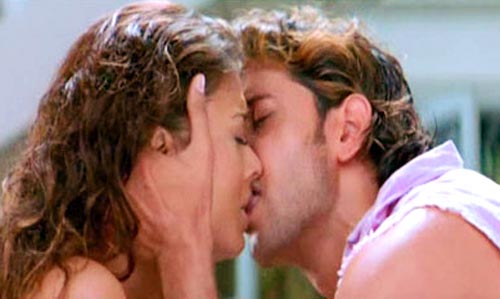


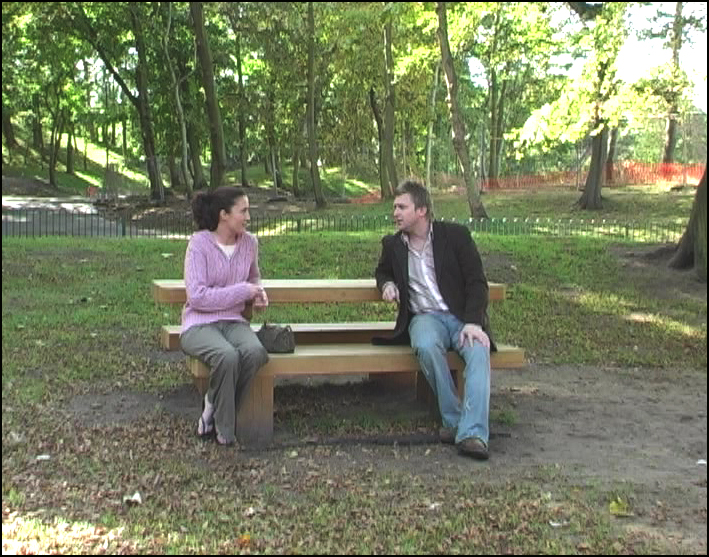





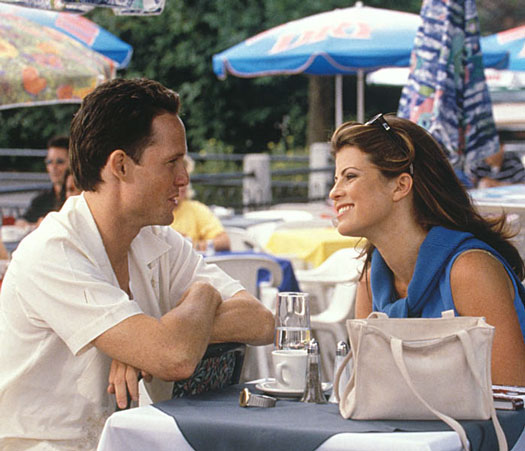
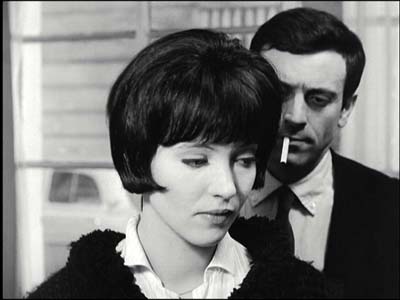



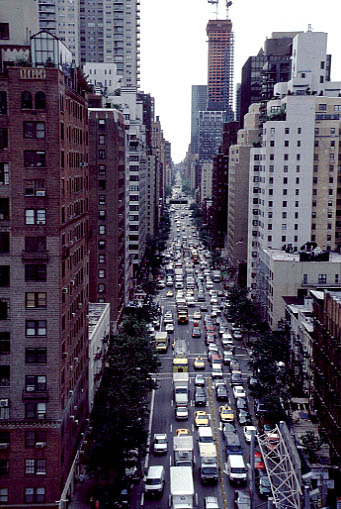













No comments:
Post a Comment